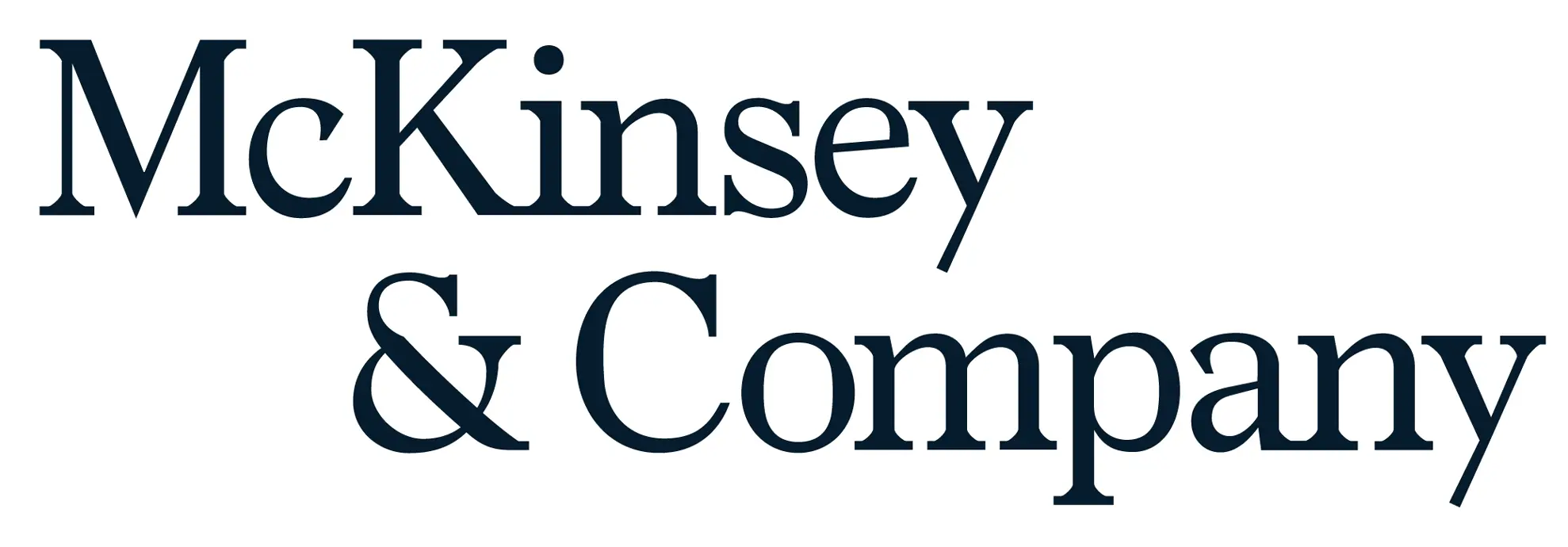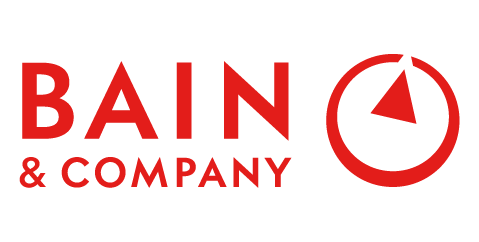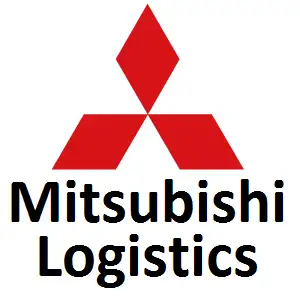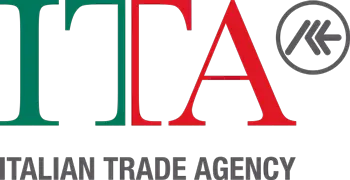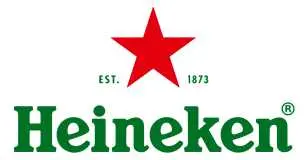
Middle East and Africa Leather Goods Market Growth, Size, Trends, Revenue and Future Outlook
Middle East & Africa Leather Goods Market Size- By Product Type, By Leather Type, By Distribution Channel, By Grade- Regional Outlook, Competitive Strategies and Segment Forecast to 2033
| Published: Apr-2024 | Report ID: FMCG2487 | Pages: 1 - 154 | Formats*: |
| Category : Consumer & Retail | |||
- In August 2017, Bally, a Swiss luxury brand, opened its first flagship store in India in a joint venture with Reliance Brands Limited. This store sells shoes for both men and women, as well as accessories and high-quality leather goods.
-00912345042024.webp)
- Increased innovation in leather items, including new features and designs: The eco-friendly production of bio-based leather has negligible ecological impacts. Manufacturers in the Middle East and Africa are urged to prioritize synthetic leather made from natural fibers such as flax cotton, corn, soybean, and pineapple leaves to enhance their market competitiveness. Pineapple leaf fibers, utilized in creating "Pinatex," offer a sustainable alternative due to their strong and flexible properties in the manufacturing process.
- Introduction of bio-biased leather: The production of bio-based leather has minimal ecological impact. Manufacturers in the Middle East and Africa should prioritize synthetic leather made from natural fibers like flax cotton, corn, soybean, and pineapple leaves to enhance their market position. Pineapple leaves, used to create "Pinatex," offer a promising alternative due to their strong and flexible fibers, contributing to sustainable manufacturing practices.
- Strict government rules regarding the manufacturing and usage of natural leather: Stringent governmental regulations in regions like Europe and the U.S., among others, are shutting down multiple tanneries and leather processing facilities. These regulations governing leather usage will impede market growth in the foreseeable future. Government policies have introduced new synthetic alternatives like plastic leather into the market.
- Lack of expertise, technology, intermediate inputs, and processing equipment: Limited availability of universities offering leather technology degrees intensifies the problem, resulting in a skills gap necessitating urgent attention for sectoral development. Scarce professionals and training facilities hinder the production of quality leather goods crucial for industry advancement.
- The availability of cheaper leather goods and the scarcity of leather goods globally: The costly nature of genuine leather has driven efforts to find substitutes due to declining quality and limited availability. Inexpensive leather goods saturating markets disrupt pricing dynamics, hindering market growth.
-00912245042024.webp)
| Report Metric | Details |
| Market size available for years | 2020-2033 |
| Base year considered | 2023 |
| Forecast period | 2024-2033 |
| Segments covered | By Product Type, By Leather Type, By Distribution Channel, By Grade |
| Regions covered | Egypt, Israel, Saudi Arabia, South Africa, United Arab Emirates, Rest of Middle East & Africa |
| Companies Covered | Adidas AG, Aero Leather Clothing, American Leather, CAPRI HOLDINGS LIMITED, Hermes International S.A., Kiton, Kering S.A., Louis Vuitton, LVMH, Michael Kors Holdings Ltd., PRADA S.P.A., Ralph Lauren Corporation, Others |
- Retailers and E-commerce Platforms
- Leather Goods Manufacturers and Suppliers
- Fashion Designers and Brands
- Consumers and Fashion Enthusiasts
- Leather Industry Associations and Trade Organizations
- Luxury Goods Retailers
- Leather Goods Distributors and Wholesalers
- Fashion and Lifestyle Magazines
- Leather Goods Exporters and Importers
- Fashion Retail Chains
- Others
| Digital Advertising Market |
|
| By Leather Type: |
|
| By Distribution Channel: |
|
| By Grade: |
|
- Middle East & Africa Leather Goods Market Size (FY’2024-FY’2033)
- Overview of Middle East & Africa Leather Goods Market
- Segmentation of Middle East & Africa Leather Goods Market By Product Type (Apparel, Belts, Footwear, Handbags, Luggage, Wallets, Others)
- Segmentation of Middle East & Africa Leather Goods Market By Leather Type (Bonded Leather, Faux Leather, Full Grain Leather, Split Grain Leather, Top Grain Leather)
- Segmentation of Middle East & Africa Leather Goods Market By Distribution Channel (Company Franchised Stores, E-Commerce, Specialty Stores, Supermarkets/Hypermarkets, Others)
- Segmentation of Middle East & Africa Leather Goods Market By Grade (High-Grade, Mid-Grade)
- Statistical Snap of Middle East & Africa Leather Goods Market
- Expansion Analysis of Middle East & Africa Leather Goods Market
- Problems and Obstacles in Middle East & Africa Leather Goods Market
- Competitive Landscape in the Middle East & Africa Leather Goods Market
- Impact of COVID-19 and Demonetization on Middle East & Africa Leather Goods Market
- Details on Current Investment in Middle East & Africa Leather Goods Market
- Competitive Analysis of Middle East & Africa Leather Goods Market
- Prominent Players in the Middle East & Africa Leather Goods Market
- SWOT Analysis of Middle East & Africa Leather Goods Market
- Middle East & Africa Leather Goods Market Future Outlook and Projections (FY’2024-FY’2033)
- Recommendations from Analyst
1.1. Scope of the report1.2. Market segment analysis
2.1. Research data source
2.1.1. Secondary Data2.1.2. Primary Data2.1.3. SPER’s internal database2.1.4. Premium insight from KOL’s
2.2. Market size estimation
2.2.1. Top-down and Bottom-up approach
2.3. Data triangulation
4.1. Driver, Restraint, Opportunity and Challenges analysis
4.1.1. Drivers4.1.2. Restraints4.1.3. Opportunities4.1.4. Challenges
4.2. COVID-19 Impacts of the Middle East & Africa Leather Goods Market
5.1. SWOT Analysis
5.1.1. Strengths5.1.2. Weaknesses5.1.3. Opportunities5.1.4. Threats
5.2. PESTEL Analysis
5.2.1. Political Landscape5.2.2. Economic Landscape5.2.3. Social Landscape5.2.4. Technological Landscape5.2.5. Environmental Landscape5.2.6. Legal Landscape
5.3. PORTER’s Five Forces
5.3.1. Bargaining power of suppliers5.3.2. Bargaining power of buyers5.3.3. Threat of Substitute5.3.4. Threat of new entrant5.3.5. Competitive rivalry
5.4. Heat Map Analysis
6.1. Middle East & Africa Leather Goods Market Manufacturing Base Distribution, Sales Area, Product Type6.2. Mergers & Acquisitions, Partnerships, Product Launch, and Collaboration in Middle East & Africa Leather Goods Market
7.1. Middle East & Africa Leather Goods Market Value Share and Forecast, By Product Type, 2024-20337.2. Apparel7.3. Belts7.4. Footwear7.5. Handbags7.6. Luggage7.7. Wallets7.8. Others
8.1. Middle East & Africa Leather Goods Market Value Share and Forecast, By Leather Type, 2024-20338.2. Bonded Leather8.3. Faux Leather8.4. Full Grain Leather8.5. Split Grain Leather8.6. Top Grain Leather
9.1. Middle East & Africa Leather Goods Market Value Share and Forecast, By Distribution Channel, 2024-20339.2. Company Franchised Stores9.3. E-Commerce9.4. Specialty Stores9.5. Supermarkets/Hypermarkets9.6. Others
10.1. Middle East & Africa Leather Goods Market Value Share and Forecast, By Grade, 2024-203310.2. High-Grade10.3. Mid-Grade
11.1. Middle East & Africa Leather Goods Market Size and Market Share
12.1. Middle East & Africa Leather Goods Market Size and Market Share By Product Type (2020-2026)12.2. Middle East & Africa Leather Goods Market Size and Market Share By Product Type (2027-2033)
13.1. Middle East & Africa Leather Goods Market Size and Market Share By Leather Type (2020-2026)13.2. Middle East & Africa Leather Goods Market Size and Market Share By Leather Type (2027-2033)
14.1. Middle East & Africa Leather Goods Market Size and Market Share By Distribution Channel (2020-2026)14.2. Middle East & Africa Leather Goods Market Size and Market Share By Distribution Channel (2027-2033)
15.1. Middle East & Africa Leather Goods Market Size and Market Share By Grade (2020-2026)15.2. Middle East & Africa Leather Goods Market Size and Market Share By Grade (2027-2033)
16.1. Middle East & Africa Leather Goods Market Size and Market Share By Region (2020-2026)16.2. Middle East & Africa Leather Goods Market Size and Market Share By Region (2027-2033)16.3. Egypt16.4. Israel16.5. Saudi Arabia16.6. South Africa16.7. United Arab Emirates16.8. Rest of Middle East & Africa
17.1. Adidas AG
17.1.1. Company details17.1.2. Financial outlook17.1.3. Product summary17.1.4. Recent developments
17.2. Aero Leather Clothing
17.2.1. Company details17.2.2. Financial outlook17.2.3. Product summary17.2.4. Recent developments
17.3. American Leather
17.3.1. Company details17.3.2. Financial outlook17.3.3. Product summary17.3.4. Recent developments
17.4. CAPRI HOLDINGS LIMITED
17.4.1. Company details17.4.2. Financial outlook17.4.3. Product summary17.4.4. Recent developments
17.5. Hermes International S.A.
17.5.1. Company details17.5.2. Financial outlook17.5.3. Product summary17.5.4. Recent developments
17.6. Kiton
17.6.1. Company details17.6.2. Financial outlook17.6.3. Product summary17.6.4. Recent developments
17.7. Kering S.A.
17.7.1. Company details17.7.2. Financial outlook17.7.3. Product summary17.7.4. Recent developments
17.8. Louis Vuitton
17.8.1. Company details17.8.2. Financial outlook17.8.3. Product summary17.8.4. Recent developments
17.9. LVMH
17.9.1. Company details17.9.2. Financial outlook17.9.3. Product summary17.9.4. Recent developments
17.10. Michael Kors Holdings Ltd
17.10.1. Company details17.10.2. Financial outlook17.10.3. Product summary17.10.4. Recent developments
17.11. PRADA S.P.A.
17.11.1. Company details17.11.2. Financial outlook17.11.3. Product summary17.11.4. Recent developments
17.12. Ralph Lauren Corporation
17.12.1. Company details17.12.2. Financial outlook17.12.3. Product summary17.12.4. Recent developments
17.13. Others
SPER Market Research’s methodology uses great emphasis on primary research to ensure that the market intelligence insights are up to date, reliable and accurate. Primary interviews are done with players involved in each phase of a supply chain to analyze the market forecasting. The secondary research method is used to help you fully understand how the future markets and the spending patterns look likes.
The report is based on in-depth qualitative and quantitative analysis of the Product Market. The quantitative analysis involves the application of various projection and sampling techniques. The qualitative analysis involves primary interviews, surveys, and vendor briefings. The data gathered as a result of these processes are validated through experts opinion. Our research methodology entails an ideal mixture of primary and secondary initiatives.
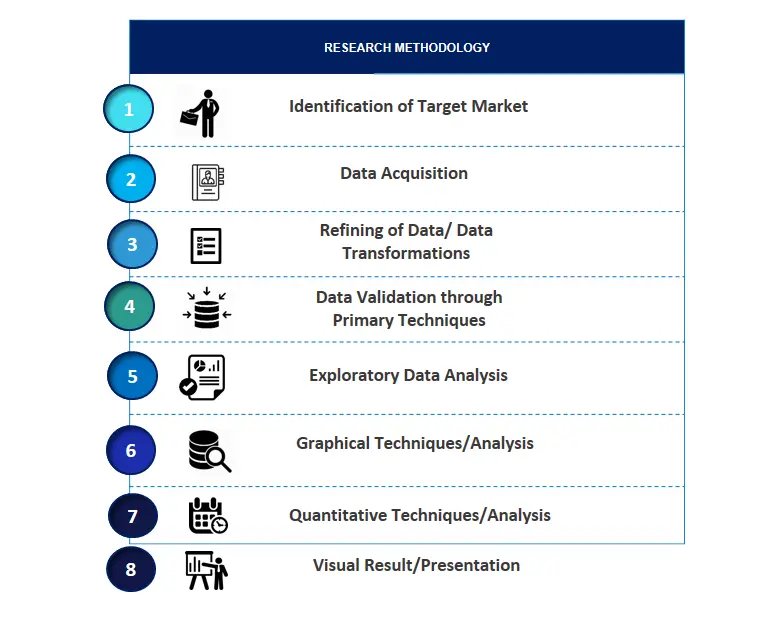
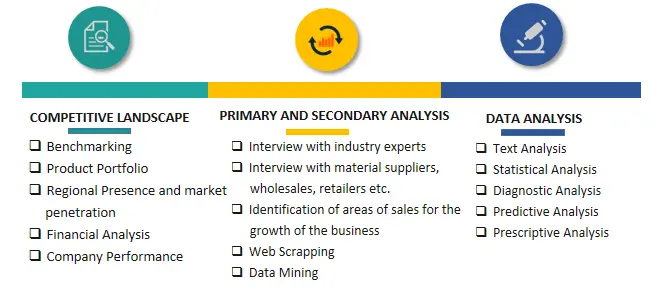

Frequently Asked Questions About This Report
PLACE AN ORDER
Year End Discount
Sample Report
Pre-Purchase Inquiry
NEED CUSTOMIZATION?
Request CustomizationCALL OR EMAIL US
100% Secure Payment
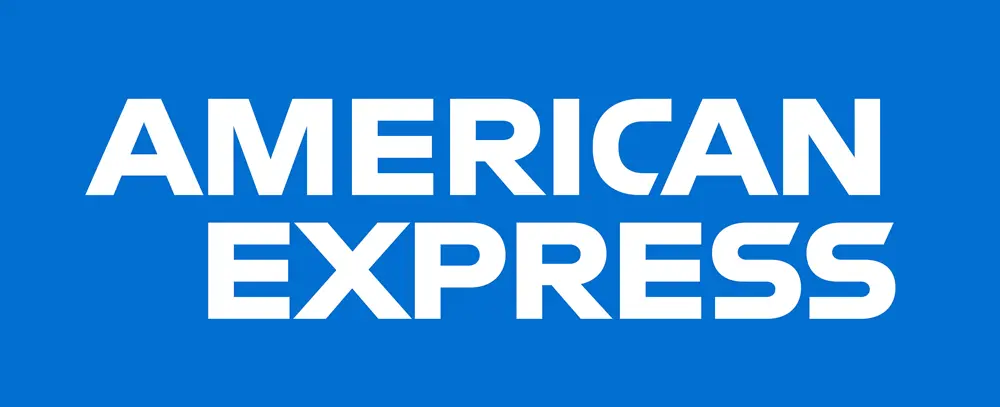

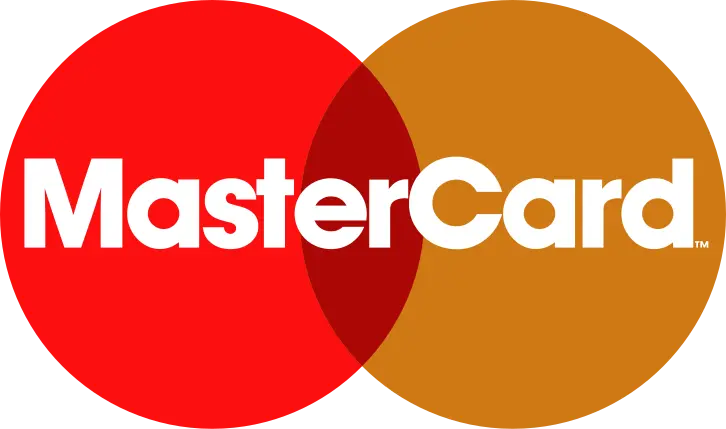
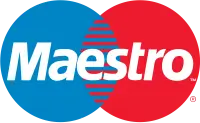


Related Reports
Our Global Clients
Our data-driven insights have influenced the strategy of 200+ reputed companies across the globe.






